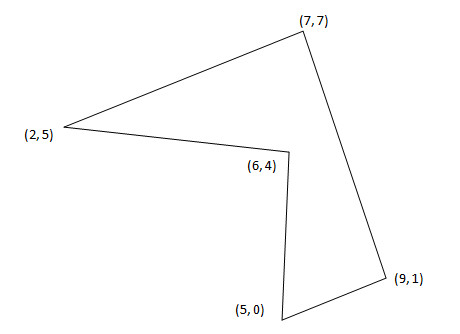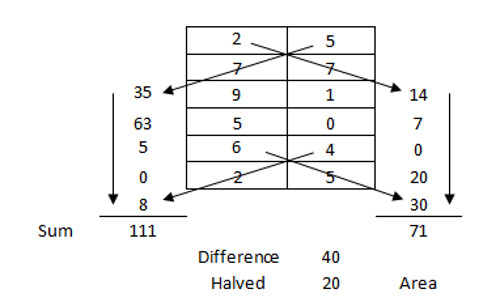Here's Andy Merrill in character as Brak, the cat-masked intergalactic pirate from Space Ghost, Space Ghost: Coast to Coast and The Brak Show, offering a timely lesson in respecting personal boundaries.
Here's my favorite remix:
@realDonaldTrump returns to the White House from Charlotte, North Carolina. Photo by William Moon at the South Lawn of the White House on February 7, 2020 pic.twitter.com/n1a1Z93LrJ
— White House Photos (@photowhitehouse) February 7, 2020
This [possibly edited] photo of Trump is trending. But why? Is it his luxuriant swept back hair? His coy over-the-shoulder invitation to join him in a frolicsome adventure? The lush greenery of the White House south lawn? Please submit your best guess in the comments.
Photo by Jon Tyson on Unsplash Read the rest
In 2003 mathematician Gregory Galperin of Eastern Illinois University offered a remarkable way to calculate π: Launch two masses toward an elastic wall, count the resulting collisions, and you can generate π to any precision, at least in principle.
“On the one hand, our method is purely mathematical and, most likely, will never be used as a practical way for finding approximations of π. On the other hand, this method is the simplest one among all the known methods (beginning from the ancient Greeks!).”
The video above, by 3Blue1Brown, gives the setup; the continuation is below. Via MetaFilter.
(Gregory Galperin, “Playing Pool With π (The Number π From a Billiard Point of View),” Regular and Chaotic Dynamics 8:4 [2003], 375-394.)

If you know the vertices of a polygon, here’s an interesting way to find its area:
- Arrange the vertices in a vertical list, repeating the first vertex at the end (see below).
- Multiply diagonally downward both ways as shown.
- Add the products on each side.
- Find the difference of these sums.
- Halve that difference to get the area.

This works for any polygon, no matter the number of points, so long as it doesn’t intersect itself. It’s a slight restatement of the shoelace formula.
(Thanks, Derek, Dan, and Kyle.)
Remember the days before beautiful CGI was everywhere? Newtek's Video Toaster was revolutionary, now largely forgotten.